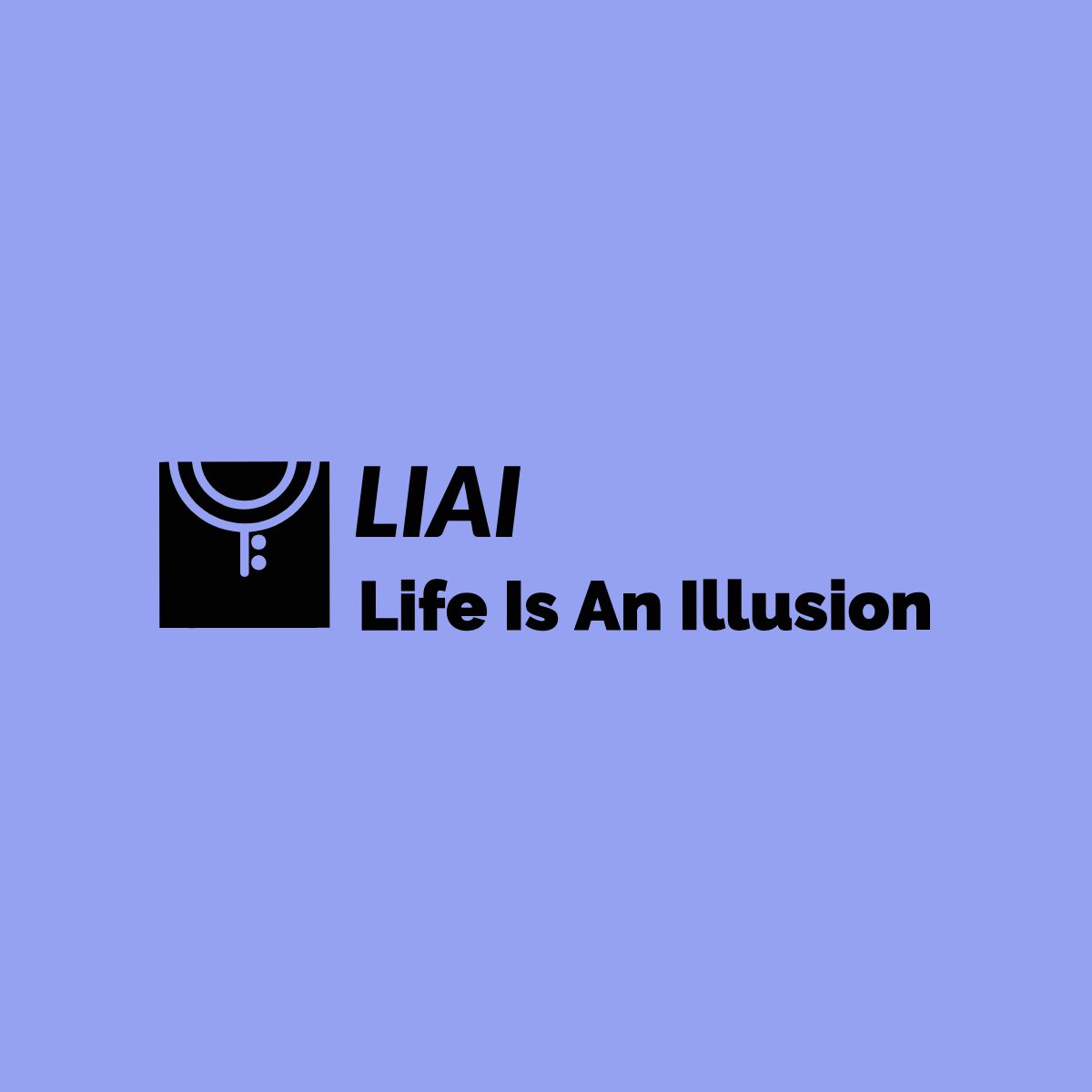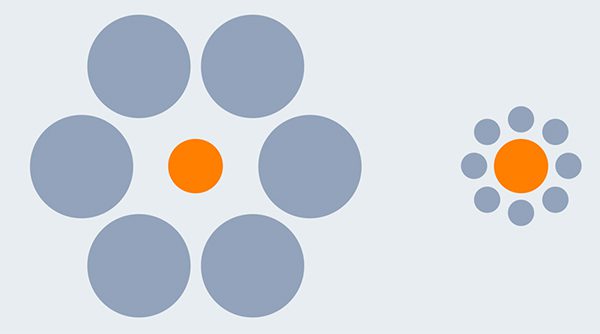The Ebbinghaus illusion or Titchener circles is an optical illusion of relative size perception. Named for its discoverer, the German psychologist Hermann Ebbinghaus (1850–1909), the illusion was popularized in the English-speaking world by Edward B. Titchener in a 1901 textbook of experimental psychology, hence its alternative name.[1] In the best-known version of the illusion, two circles of identical size are placed near to each other, and one is surrounded by large circles while the other is surrounded by small circles. As a result of the juxtaposition of circles, the central circle surrounded by large circles appears smaller than the central circle surrounded by small circles.
Recent work suggests that two other critical factors involved in the perception of the Ebbinghaus illusion are the distance of the surrounding circles from the central circle and the completeness of the annulus, which makes the illusion comparable in nature to the Delboeuf illusion. Regardless of relative size, if the surrounding circles are closer to the central circle, the central circle appears larger and if the surrounding circles are far away, the central circle appears smaller. While the distance variable appears to be an active factor in the perception of relative size, the size of the surrounding circles limits how close they can be to the central circle, resulting in many studies confounding the two variables.[1]
Information source: Wikipedia
Subscribe to my occasional newsletter below and never miss the latest product, competition or exclusive offer.



